Team:Heidelberg/Toolbox/Induction
From 2014.igem.org
(Difference between revisions)
m |
|||
| Line 18: | Line 18: | ||
titles= | titles= | ||
| | | | ||
| - | + | Controlling Inteins= | |
<p>Protein splicing allows for the introduction of major changes to a proteins sequence and structure even after translation. Although this mechanism alone offers a huge amount of possible applications, it is of advantage to have control over the time and location of the splicing reaction especially for <i>in vivo</i> applications. | <p>Protein splicing allows for the introduction of major changes to a proteins sequence and structure even after translation. Although this mechanism alone offers a huge amount of possible applications, it is of advantage to have control over the time and location of the splicing reaction especially for <i>in vivo</i> applications. | ||
To gain this control there are several approaches: | To gain this control there are several approaches: | ||
| - | For in vitro reactions this is quite easy: Just mix your samples to protein splicing. If it needs to be more elaborate, many inteins exist that can be controlled by the pH-value or the redox-state of their environment. | + | For in vitro reactions this is quite easy: Just mix your samples to protein splicing. If it needs to be more elaborate, many inteins exist that can be controlled by the pH-value or the redox-state of their environment. |
| + | |||
| + | For in vivo application induction becomes rather difficult. This becomes rather we have tried to develop a set of light-inducible intein-systems using the <i>Avena Sativa</i> LOV2 domain. | ||
</p> | </p> | ||
| | | | ||
Revision as of 13:00, 16 October 2014
INDUCTION
– This is a test subtitle
ABSTRACT
{{{abstract}}}
 "
"
